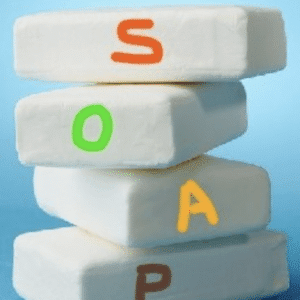- 833-KNK-HELP (833-565-4357)
- (877) 821-4008
Description
This webinar will provide participants with resources for home care therapists and assistants in documenting homebound status both clearly and concisely through a critical review of the guidelines provided by CMS. Specific examples of appropriate language to use in therapy documentation will be provided. In addition to this, all participants will be introduced to a comprehensive home assessment program that is easy to use and readily available to clinicians. A sample home assessment tool for use as a template for completing a thorough home assessment will be provided.
Title: “Homebound Status and Completing the Home Assessment”
Resource Tool: Sample Home Assessment
References: Guide to PT Practice, 3rd Edition, Living Life Solutions™
Date: March 5, 2015 12:00 EST
Cost: $129
Resource Tool: Sample Home Assessment
References: Guide to PT Practice, 3rd Edition, Living Life Solutions™
Date: March 5, 2015 12:00 EST
Cost: $129
Overview:Defensible documentation that supports homebound status continues to be an issue for clinicians when auditing activities are underway. It has become common practice that electronic medical record (EMR) systems are relied upon to ensure this requirement for payment of services under the Medicare Part A Home Health benefit is met. However, simply utilizing regulatory verbiage is insufficient in demonstrating that homebound status exists, specifically, “considerable and taxing effort” – one frequently cited by clinicians when therapy services are provided to the patient. One underdeveloped area of both the comprehensive assessment (admission) as well as therapy evaluation, is the home assessment. An evidence-based approach to reducing risk of falls includes a standardized assessment of the home environment – where a majority of falls occur for the elderly community-dwelling population. Enhancement of this component of any therapy evaluation can assist in clarifying homebound status as well as support the need for skilled therapy services and assist with reduction of falls.This webinar will provide participants with resources for home care therapists and assistants in documenting homebound status both clearly and concisely through a critical review of the guidelines provided by CMS. Specific examples of appropriate language to use in therapy documentation will be provided. In addition to this, all participants will be introduced to a comprehensive home assessment program that is easy to use and readily available to clinicians. A sample home assessment tool for use as a template for completing a thorough home assessment will be provided.
Objectives:
Upon completion of this webinar course, participants will be able to:
1. Define what “homebound status” means for coverage of skilled clinical services under the Medicare Part A Home Health benefit.
2. Identify key elements of documenting homebound status on therapy evaluations, reassessments and routine visits.
3. Analyze home assessment resources currently available to the home health clinician.
4. Incorporate key elements of a comprehensive home assessment tool into clinical practice in the home health setting.
Target Audience: Clinical Supervisors, Nurses, Physical Therapists, Occupational Therapists, Speech-Language Pathologist




